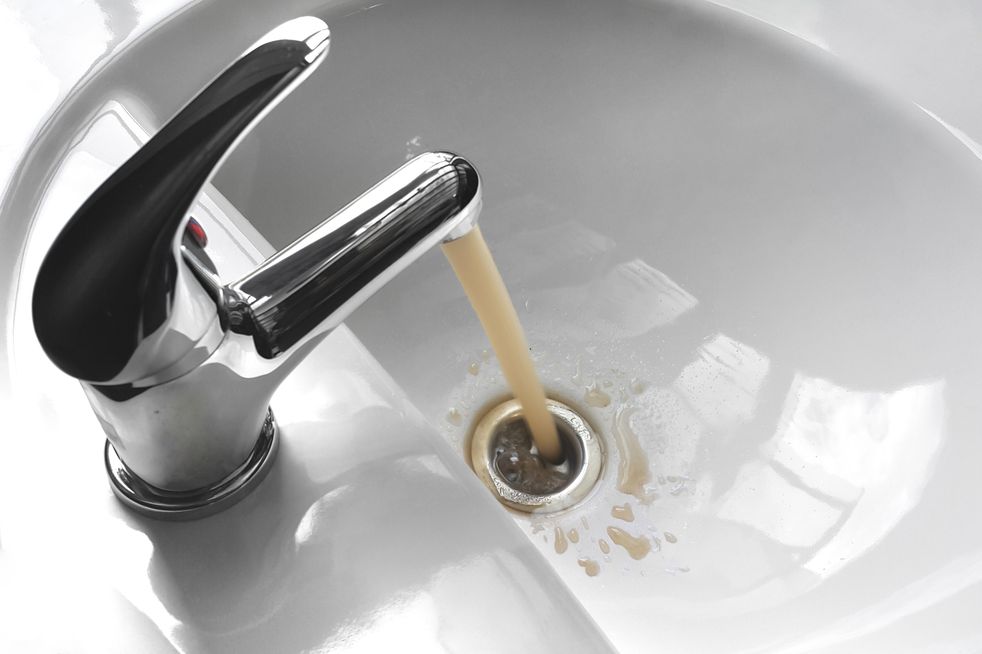Discovering the Diverse Landscape of Independent and Senior Citizen Residing In Houston, Texas
Jeanna
February 1, 2024
Intro
The idea of independent living and senior living is acquiring substantial importance in today’s society,especially in dynamic cities like Houston,Texas. With a large range of options offered,from independent living neighborhoods to senior real estate,this short article looks into the numerous styles and facets associated with these search phrases. We’ll explore the various kinds of independent and senior living facilities,facilities offered,faith-based alternatives,pet-friendly neighborhoods,and extra,highlighting the diverse options that satisfy the special demands and choices of elders in Houston. senior living houston
Recognizing Independent Living
Independent living is a broad term that includes numerous types of real estate setups designed for elders who want to preserve their freedom and Active way of lives. In Houston,independent living options are plentiful,with a selection of facilities and services to match every preference.
Independent Living Facilities in Houston: holly hall houston tx
Houston flaunts a range of independent living centers that provide elders with a comfortable and safe and secure environment. These centers offer various real estate choices,including apartment or condos,cottages,and specific homes. Some areas even supply single-level elderly living,making certain access and convenience of movement for their locals.
Elderly Independent Living Areas
Senior independent living neighborhoods in Houston are vibrant and varied. These communities supply not only comfortable living rooms but likewise possibilities for social engagement,health and fitness programs,and social tasks. Several attribute full-service facilities and secure areas,guaranteeing that senior citizens can appreciate their golden years to the maximum.
Luxury Independent Living
For elders trying to find a touch of luxury in their independent living experience,Houston offers luxury independent living communities. These high end centers give first-class services,fine dining alternatives,and a range of entertainment tasks that rival those discovered in premium resorts.
Pet-Friendly Independent Living Communities
Animals usually come to be valued companions in an elderly’s life,and numerous seniors are reluctant to get rid of them. That’s why pet-friendly independent living areas are getting popularity in Houston. These areas recognize the significance of fuzzy friends and offer pet-friendly lodging,making sure that locals can remain to appreciate the company of their precious animals.
Faith-Based senior housing houston
Houston is home to a number of faith-based independent living communities that cater to senior citizens looking for an atmosphere that straightens with their religious beliefs and values. These communities commonly provide spiritual services,pastoral care,and a solid feeling of neighborhood for citizens.
Short-lived Senior Living
Often,senior citizens might require temporary real estate alternatives because of different factors,such as recuperating from an illness or while waiting for irreversible setups. In Houston,there are short-term senior living alternatives readily available that give a safe and comfortable sanctuary for senior citizens throughout transitional periods.
Comprehending Senior Living
Elderly living encompasses a broad spectrum of housing options that accommodate the one-of-a-kind needs of older adults,including aided living,memory treatment,and continuing treatment retirement communities. In Houston,senior living areas are bountiful and satisfy a variety of preferences and requirements.
Elderly Real Estate Communities
Senior real estate communities in Houston offer a range of services and care degrees. These areas give an encouraging environment for elders who may need support with activities of daily living while still preserving their independence and enjoying an abundant social life.
Christian Senior Citizen Real Estate
For senior citizens who seek a faith-based approach to their living plans,Christian senior housing options are offered in Houston. These neighborhoods offer spiritual support and create a close-knit environment for residents who share the same confidence.
Full-Service Elder Living
Full-service elderly living communities in Houston offer a comprehensive variety of services and services,including eating options,housekeeping,transport,and health care support. These communities strive to offer a worry-free way of life,allowing elders to concentrate on enjoying their retirement years.
Energetic Senior Living Neighborhoods
Energetic elderly living areas in Houston deal with older grownups that wish to stay involved and pursue an energetic way of life. These areas provide a wide range of entertainment tasks,health and fitness programs,and get-togethers to keep homeowners literally and psychologically triggered.
Final thought
Houston,Texas,provides a large and varied landscape of independent and senior living options,each developed to meet the one-of-a-kind demands and preferences of older grownups. From independent living centers and neighborhoods to different elderly real estate arrangements,there is a wealth of choices offered. Whether you look for a pet-friendly,faith-based,or deluxe living experience,or simply wish to appreciate an encouraging and active atmosphere,Houston’s elderly living options guarantee that you can embark on your golden years with confidence and convenience.




